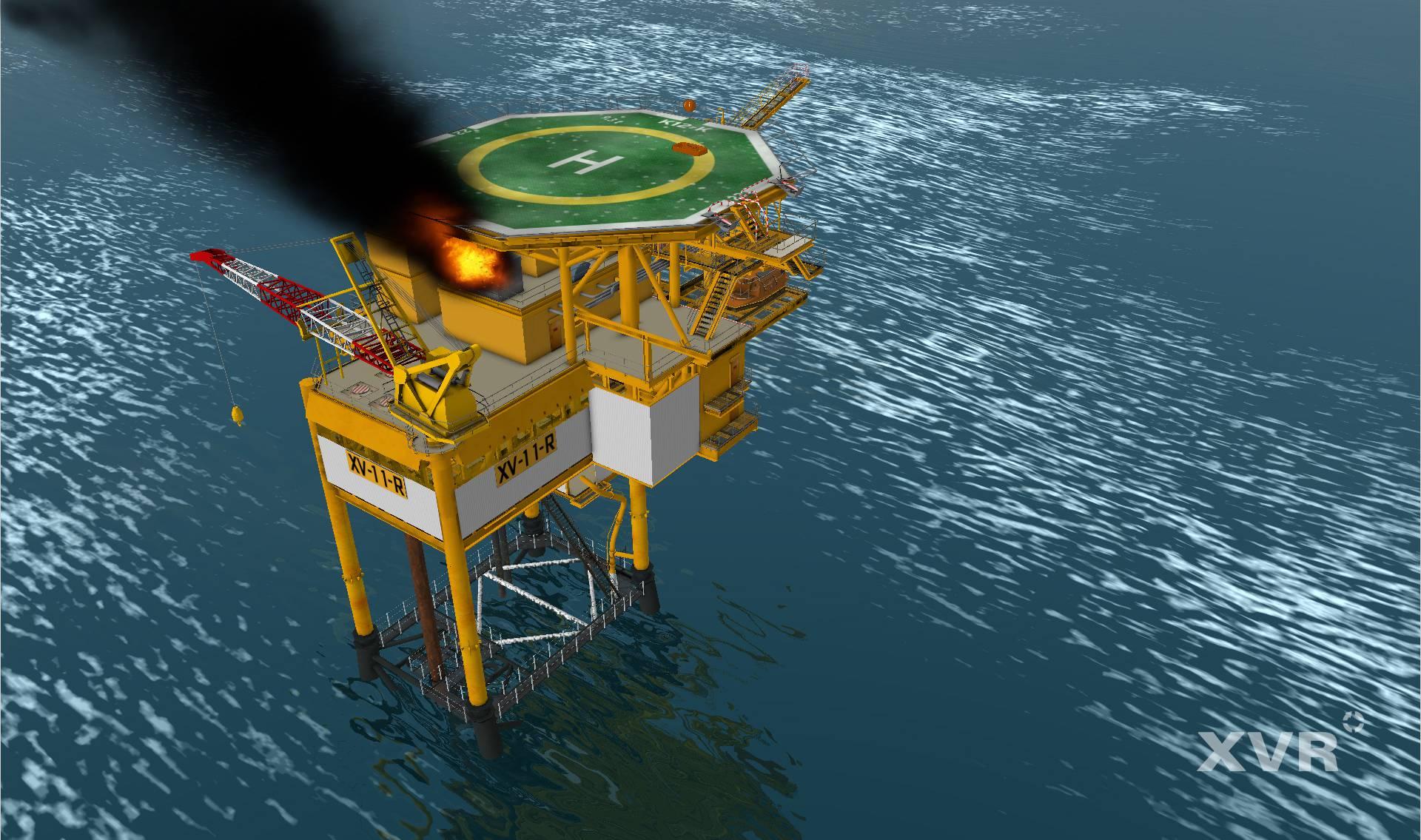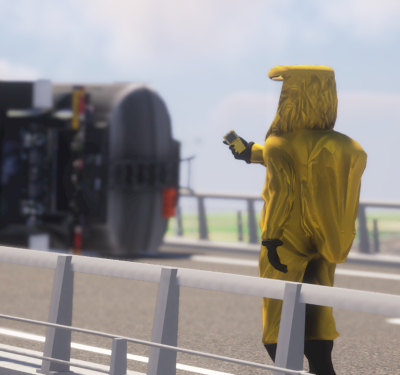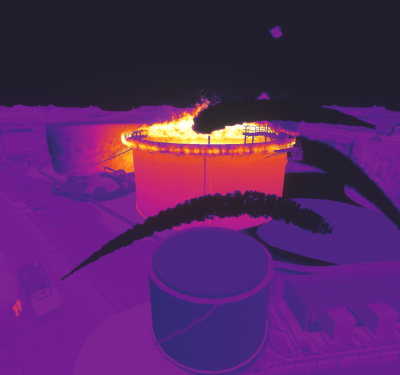The bright future of VR in maritime & offshore
By Tim Lodder – An increasing number of companies and organisations in the maritime & offshore sector embrace virtual reality as a training tool. And they do this for good reasons, as I will explain in this blog post.
Although marine & offshore are often mentioned together, they are two specific markets with their own characteristics and opportunities.
Maritime: tightening of international law
Historically, the maritime business is a rather traditional sector, characterized by small margins and a strong focus on cost savings. Incidents such as the sinking of the Titanic (1912) and the Torry Canyon (1967), and the fire on the Scandinavian Star (1990) sparked an awareness among national governments that maritime safety needed to be regulated by international law. The accident with the Costa Concordia in 2012 enhanced this realisation.
Offshore: growing safety awareness
In its relatively short history, the offshore sector has seen several major incidents. Despite the large margins and innovative culture, safety has long been neglected in this sector. But after the disasters on the Ekofisk Bravo Platform (1977), the oil production platform Piper Alpha (1988) and Deepwater Horizon (2010) we saw the rise of an industry-wide awareness that safety is not a luxury, but a key aspect of corporate risk management. This causes a need to train people in safety protocols, procedures, communication and crisis management.
This explains why both maritime and offshore have a growing demand for efficient, cost-effective training solutions. For multiple reasons, virtual reality is a particularly attractive solution.
Benefits of virtual reality
Virtual reality makes it easy to reconstruct past incidents to create learning experience for the future. It also enables you to create realistic scenarios of safety risks that are very sector-specific. This way virtual reality enables to lay a solid foundation for safety and situational awareness on vessels and platforms.
STCW training concept
A good example of the application of virtual reality is the hybrid training solution for international shipping that XVR Simulation developed in partnership with Falck Safety Services and Saphire Complete Training Concepts.
We developed this training concept in response to the recent tightening of international law for safety training in shipping (STCW). This law offers room for the introduction of new training methods like virtual reality and web-based learning.
The training concept is built from eighteen 40 foot shipping containers that provide a realistic ship environment, including the main risk areas: engine room, laundry, galley en crew recreation area. The facility is also equipped with a comprehensive simulation centre, shaped as a ship’s bridge and engine control room.
Within this facility, Falck Safety Services provides a combination of realistic training and simulation training through virtual reality. This way, trainees assist each other to achieve competence in the various disciplines covered by the training. Experienced instructors ensure that this occurs within the required conditions and control the scenario from a central observation room.
Fewer training days, same quality
A key benefit of this hybrid training solution is the time saving: a full STCW repeater course can be reduced from 7 days of traditional classroom training to 4-5 days of interactive, scenario based training. This anticipates to the strong demand in the industry to minimize training costs without compromising the quality of the product.
Several major companies, including Boskalis – the Netherlands’ largest maritime service provider – and Holland America Line (HAL) have already used this training solution. HAL is considering extending this training to all its nautical and technical officers. Another cruise operator, Carnival UK Group from Southampton (UK) has already decided to use this training solution for all its 850 nautical and technical officers.
Further development
Naturally, we have plenty of ambitions to develop this training concept further. For instance we would like to include a water mist system in the training facility, to add to the realistic experience. We also have plans to expand this training concept with a specific Crisis Management module.
The results we have achieved so far, the very positive responses from the trainees and the amount of interest in the market, strengthen my conviction that virtual reality is the future for training safety procedures, incident response and crisis management in the maritime & offshore sector.
Are you active in this sector and would you like to know more about the benefits of virtual reality for your training needs? Feel free to contact me.
Tim Lodder was a ship’s officer at Holland America Line, and responsible for navigation, ship’s safety and security. After his seagoing career he worked for Falck Safety Services, introducing the hybrid training concept in the global maritime sector. In March 2015 he started as Director of Maritime Development at XVR Simulation. In 2018, Tim started his own company, Blue Orange Wave Maritime. Blue Orange Wave is XVR's preferred reseller for the maritime and off-shore market. For more information, please contact us at marketing@xvrsim.com or visit xvrsim.com.




.png?resolution=400x375)